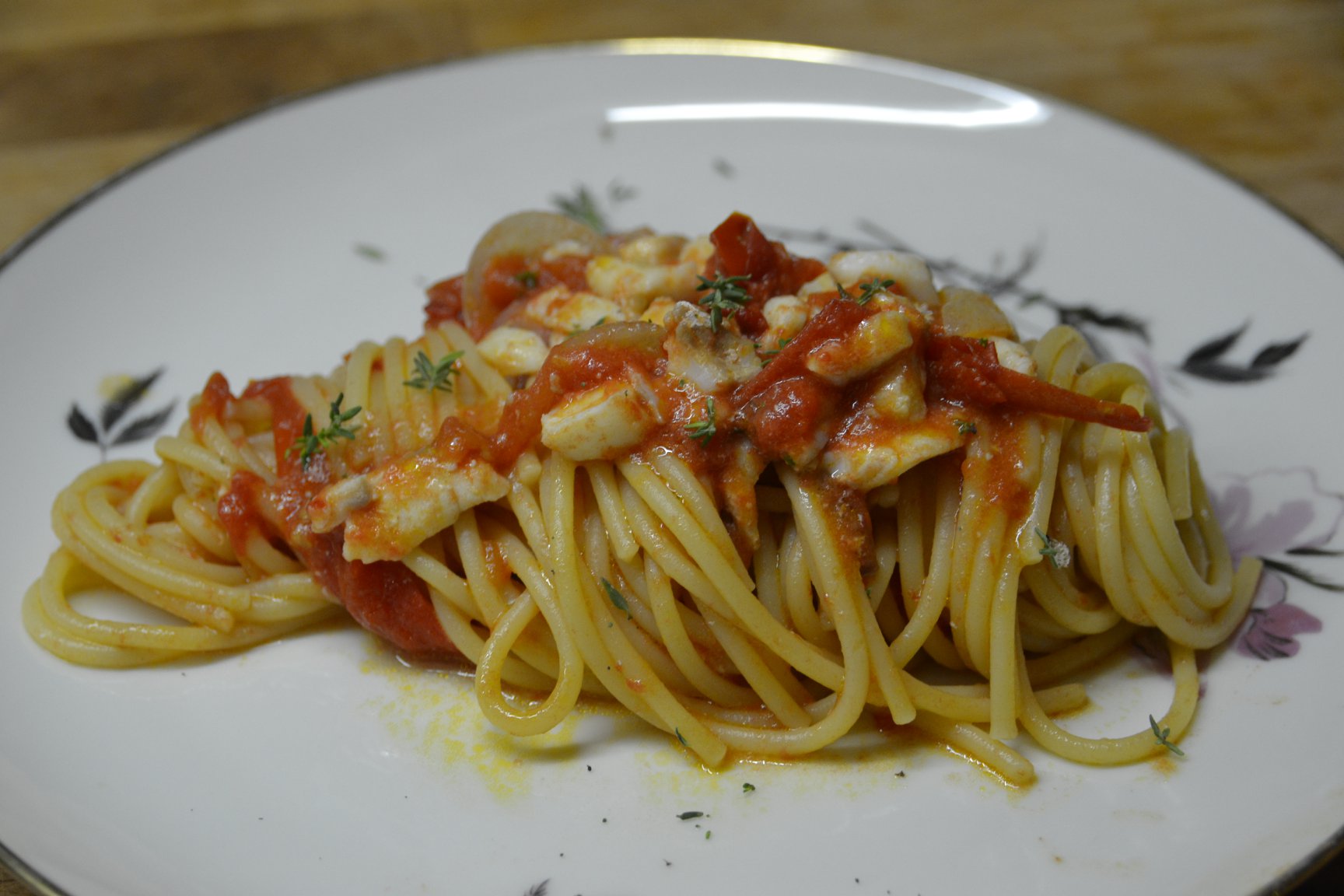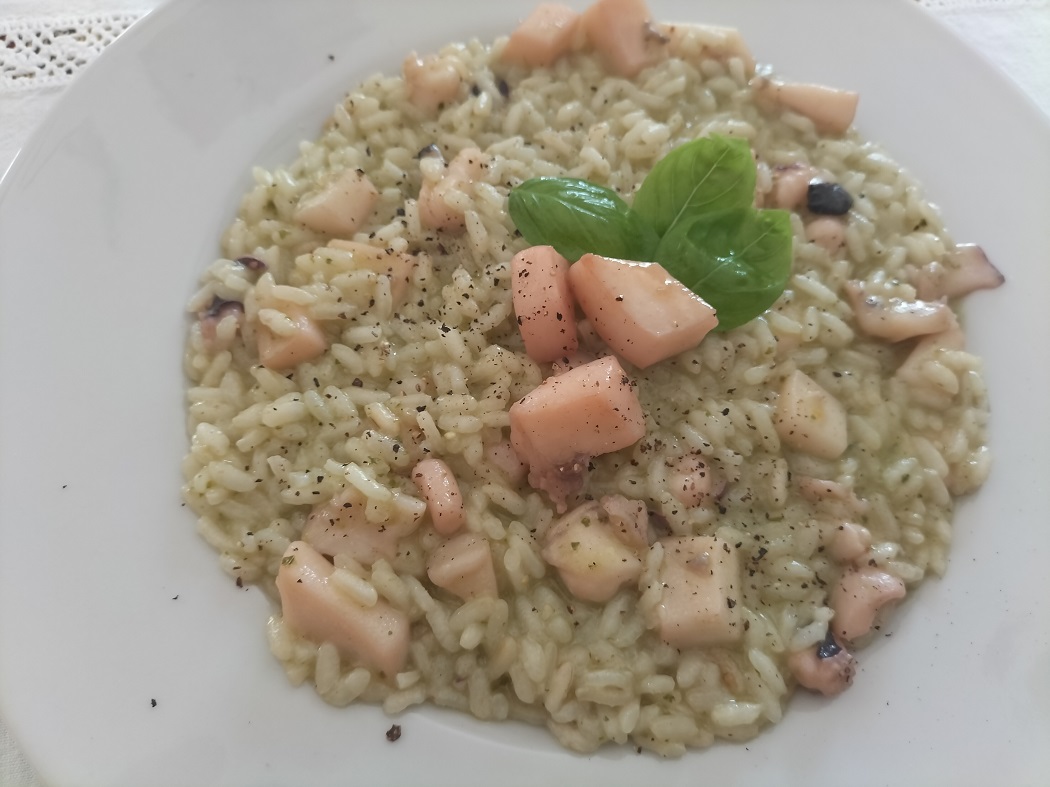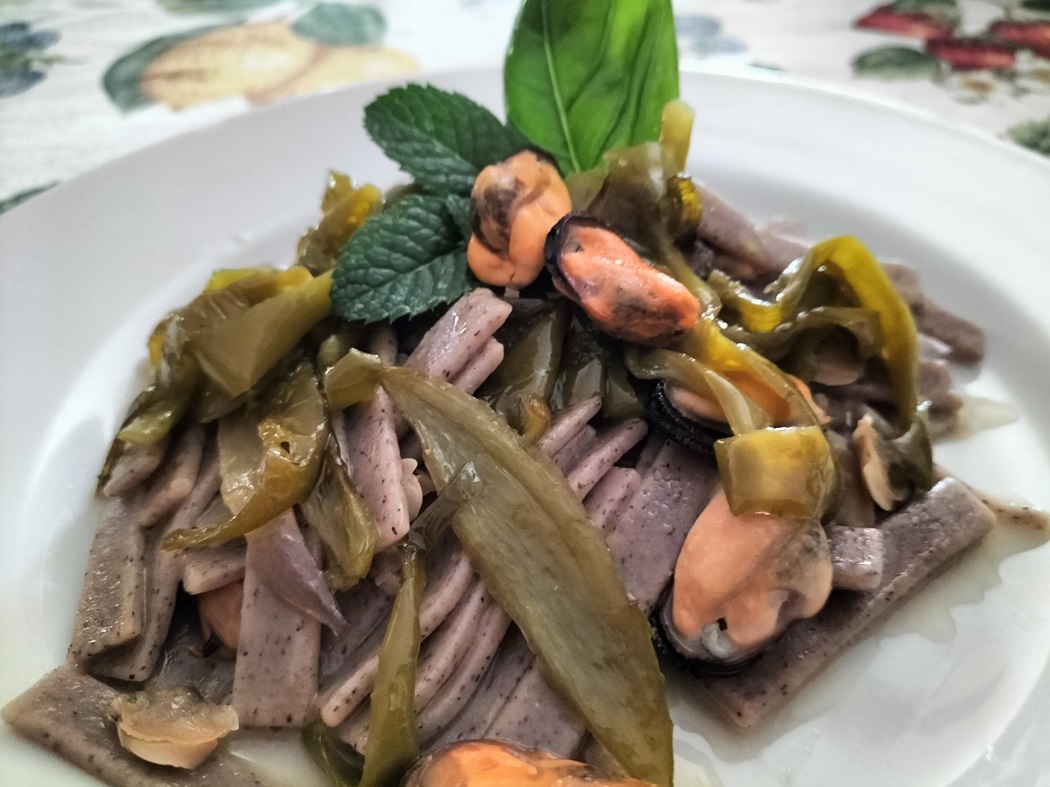I came across Il Coccio, or Gallinella or Pesce Capone, depending on your seafaring background, many years ago in Lavinio in an old restaurant on the beach. Fish chowder in a terracotta pot: I'm in love with it.
Lavinio (Anzio) is on the stretch called Costa di Enea and was once one of the holiday spots of the Romans who built it without any real order. But it has some pearls of nature like the Oasi di Tor Caldara where you can still see the Mediterranean scrub and think of Aeneas and Rome. Perhaps the fish came directly from the Port of Anzio.
To be precise I do not know where Enea has landed for Rome ... I only know that every time I move I find signs saying: 'Here is where Enea landed ... The point of arrival of Aeneas ...'.
But Enea does not change my life while a good dish of Spaghetti al Coccio can make a difference on a day in late summer before returning to the pace of work without a break.
The Gallinella is a spiny fish with white and fragrant meat that loves sandy bottoms. We find it from the Mediterranean to Northern Europe with a characteristic pinkish colour: in Veneto it is called Luserna, in the rest of the north it is called Mazzola and in the south it is called Fagiano. The name Gallinella comes from the sounds it emits as soon as it is caught, reminiscent of those of a hen.
It is usually used for fish soups, but I like spaghetti and I cannot give up combining these two pleasures. For this combination I prepared a recipe for the end of summer, when you still want to eat fish outdoors on a balcony or maybe directly by the sea.
The smell of saltiness while eating fish is an additional experience that is priceless.
It starts with a fish: I recommend you go to a fish shop that you know. I cook the fish only once I have found a fresh one and
I let myself be inspired by its scent.
First we have to prepare fish fillets so patiently, and paying attention to the remaining spines, cut the two fillets and peel them.
Do not throw the head away! With the head and bones prepare a base with the aroma: spring onion, garlic, 2/3 grains of pepper and a little white wine. Then put it aside for later.
While cooking the pasta, take a fillet and cut it into cubes and sauté it in a pan with some tomato and garlic pieces.
After draining the pasta, it is important to do the 'creaming', that is to lightly stew the pasta and seasoning in a pan. In the ‘creaming’, you must also add the sauce prepared from the head to the stew, and continue to flavour everything together with the other fillet of Coccio cut into strips.
Add a little fresh thyme to the mix to give it the final taste.
What to drink with a dish like that? I would say a malvasia puntinata of the Castelli Romani, a perfect wine also for carbonara, but this is another story.








Follow us